This post may contain affiliate links. To learn more check my disclosure page.
An easy recipe for gluten-free Danish. A soft and buttery gluten-free pastry filled with jam and topped with a sweet glaze. This gluten-free Danish recipe also has a dairy-free option.

Gluten-Free Danish
Making homemade gluten-free Danish is easier than you think! I have a few simple shortcuts to make this buttery gluten-free yeasted pastry dough.
Traditional Danish pastry dough is called laminated dough. The yeasted dough is rolled out thinly, then folded with a layer of butter to form multiple layers.
For my gluten-free Danish recipe, I cut the butter directly into the gluten-free yeasted dough. I still roll out and fold the dough just like making traditional Danish pastry dough.
This gluten-free dough is easily mixed together with a large spoon. You can also use a stand-up mixer with a paddle attachment.
Another shortcut is that this dough only has a thirty-minute chilling time. Traditional Danish pastry dough has to be refrigerated for serval hours.
You can see just how easy it is to make gluten-free Danish in the detailed recipe step photos or watch the recipe video.
Ingredients In Gluten-Free Danish
Gluten-Free All-Purpose Flour With Xanthan Gum: It is really important that you use a gluten-free flour brand that is recommended for yeast baking! Not all brands of gluten-free flour are recommended for yeast baking.
Granulated Sugar: Not only does the sugar sweeten the dough, but it is important for the yeast and helps make the dough soft and chewy.
Instant yeast: This type of yeast is also known as quick rise yeast. I like baking with instant yeast because the dough requires less time for rising. Also, there is no ‘proofing’ required for instant yeast, so you do not need to activate it and make sure it bubbles. Instant yeast is gluten-free. I like baking with Fleischmann’s Rapid Rise yeast or Red Star Quick·Rise instant yeast.
Butter: It is one of the star ingredients in this pastry dough. Butter helps to give these pastries a rich buttery flavor, and it is very important to the texture of the pastries.
Milk: Danish dough is an enriched yeast dough. Milk is one of the ingredients that helps create a soft texture.
Pure Vanilla Extract, Pure Almond Extract, Salt: These ingredients are all for your taste buds.
Egg Yolks: Because of their high-fat content, yolks add flavor and are an excellent emulsifier.
Jam: A Danish would not be a Danish without the additional sweet flavor of a filling. Jam is the perfect filling for Danish!
Egg Whites: The egg whites are used to make a wash that enhances the golden color and adds shine to the Danish.
Powdered Sugar: It is used to make a simple glaze for the Danish.
How To Make Gluten-Free Danish
- In a large freezer-safe bowl, stir together the gluten-free flour, granulated sugar, and instant yeast. (photo 1)
- Cut the softened butter into the flour mixture with a pastry cutter or fork until it looks like the size of small peas. (photos 2 & 3)
- Separate the egg yolks and whites into two small bowls. Cover the egg whites with plastic wrap and place them in the refrigerator. The egg whites will be used as an egg wash for the Danish before baking.
- In a medium-sized bowl, whisk together the milk, pure vanilla extract, pure almond extract, 2 egg yolks, and salt until fully combined. (photos 4 & 5)
- Pour the milk mixture into the flour mixture and stir until fully combined and a sticky dough is formed. The dough will be very sticky. (photo 6)
- Cover the dough with plastic wrap and place the freezer-safe bowl in the freezer for 30 minutes. (photo 7)
- Add 1 tablespoon of flour to a large piece of parchment paper. Place the dough on top of the floured parchment paper. (photos 8 & 9)
- Dust the top of the dough with 1 tablespoon of flour and gently fold the dough over itself 3 times. You do this by folding the dough in half on top of itself and then doing it a second time and a third time. (photo 10)
- With your hands, form a dough round that is about 7-inch in diameter and 1-inch thick.
- Cut out the dough using a greased 3-inch biscuit cutter, the mouth of a large glass, or the lid of a mason jar. Do not twist the cutter when cutting; this will crimp the edges of the dough causing it not to rise properly. (photos 11 & 12)
- Put the dough rounds on a parchment-lined baking sheet, cover with plastic wrap and then a kitchen towel, and let the cut dough rounds rise in a warm place for 30 minutes. I use the proof setting on my oven. You can also pre-heat your oven to 200°F and then turn it off. Remove the dough before pre-heating the oven.
- Preheat the oven to 400°F. (photo 13)
- Use the back of a greased rounded tablespoon to press down on the center of the dough rounds. (photo 14)
- Place 2 teaspoons of jam in the center of each dough round. (photo 15)
- Whisk together 1 tablespoon of water and the egg whites. Using a pastry brush, brush the tops of the dough with the egg white mixture. (photo 16)
- Bake the Danish for 18-20 minutes until the tops start to turn golden brown. Please watch your oven because all ovens are different.
- In a small bowl, whisk together the powdered sugar and 2 tablespoons of water.
- Allow the Danish to cool for 5-10 minutes until the jam is no longer hot.
- Drizzle the glaze on top of the Danish and enjoy. (photo 18)
- Store the leftovers in an air-tight container.
How To Freeze Gluten-Free Danish
It is easy to either freeze the gluten-free Danish dough or the assembled pastries either before or after baking.
Freezing the Dough
The gluten-free Danish pastry dough can be frozen for up to 3 months. Once the dough is frozen for 30 minutes, shape the dough into a disk. Wrap the disk in plastic wrap and place it in a freezer-safe plastic bag and freeze. Thaw the dough overnight in the refrigerator, and then proceed with the recipe as written.
Freezing the Assembled Pastries
To freeze the assembled pasties before baking, complete the recipe through the step of filling the pastries with jam (step 14). Place the baking sheet with the Danish in the freezer until they are flash-frozen for at least 2 hours. Then place the pastries in an airtight freezer-safe container or plastic freezer bag and freeze for up to 1 month.
Do not defrost the Danish when ready to bake. Brush the pastries with the egg wash and bake for an extra 10 to 15 minutes.
Freezing the Baked Danish
To freeze the baked gluten-free Danish, allow the Danish to cool completely to room temperature. Once completely cooled, wrap the Danish tightly in plastic wrap and place in an airtight freezer-safe container or plastic freezer bag and freeze for up to 3 months.
Thaw in the refrigerator overnight. Reheat the gluten-free pastries in the oven at 350°F for 8 to 10 minutes or reheat in the microwave.
Tips For Baking The Best Gluten-Free Danish
- Only use a brand of gluten-free flour that is recommended for yeast baking. Please check the brand’s website or the package to confirm that it is recommended for yeast baking. For this recipe, I test baked with Better Batter (Original & Artisian) and Pillsbury gluten-free flour.
- Cut the butter into smaller pieces (diced) to make it easier to cut into the gluten-free flour.
- Use fresh instant yeast. Check the expiration date.
- Do not skip the egg wash step. It really makes a difference in how your pastry will brown.
- Make sure that the jam is cooled before glazing the Danish. I have found that after about 20 minutes the jam is cool enough to add the glaze.
- I like using seedless jam when baking the Danish.
Gluten-Free Flour
Gluten-free yeast baking is tricky, and you cannot just use any brand or type of gluten-free flour. It is really important that you use gluten-free flour that is recommended for yeast baking!
I test-baked these gluten-free Danish with three different brands of gluten-free all-purpose flour blends. I test baked with Better Batter (Original blend & Artisan blend) and Pillsbury gluten-free flour.
All three of these gluten-free flour blends are recommended for gluten-free yeast baking. Not all brands of gluten-free flour are recommended for yeast baking.
Make sure to check the brand of gluten-free flour to see if it is recommended for yeast baking. You can find that information on the brand’s website (example: Bob’s Red Mill 1-to-1 ) or sometimes on the brand’s packaging (example: King Arthur Measure for Measure).
I really appreciate that the King Arthur Measure for Measure states that it is “not ideal for yeasted recipes” on both their website and their packaging. I have not tested my recipe with the King Arthur All-Purpose gluten-free flour.
This recipe was developed with a gluten-free all-purpose flour blend made with rice (Better Batter and Pillsbury gluten-free). I also test-baked with the Better Batter Artisan blend which is excellent rice and gum-free flour.
All-purpose gluten-free flour blends already have starches and xanthan gum included. Do not add more xanthan gum to the recipe or you will get gummy Danish. All-purpose gluten-free flours are also often called a “cup for cup” or “1 to 1” gluten-free flour.
This recipe will not work with almond, coconut, or oat flour. I also do not recommend gluten-free flour blends made with bean flour.
Not all gluten-free flours are created equal. You may experience different baking results depending on the gluten-free flour blend you choose. Please remember that not all brands of gluten-free flours are recommended for yeast baking.
Tip For Measuring Gluten-Free Flour
It is super important to use a measuring cup made for dry ingredients (not a pyrex liquid measuring cup) to measure gluten-free flour. I measure the gluten-free flour with the “spoon & level” method.
I use a large spoon to scoop the flour out of the bag into the measuring cup. Then I use the back of a knife to level off the top of the measuring cup.
Please do not scoop the flour directly out of the bag with your measuring cup. If you do, you could end up with more flour than is called for in the recipe.
Ingredient Substitutions for Gluten-Free Danish
I have test-baked these gluten-free Danish with dairy-free ingredient substitutions. Most of us in my family are also dairy-free, so I always include a dairy-free option in my recipes.
For Dairy-Free:
- For the milk, you can substitute it with unsweetened almond milk or unsweetened coconut milk.
- For the butter, you can use dairy-free or vegan butter. I like Smart Balance buttery spread.
Easy Gluten-Free Danish
If you have missed Danish since going gluten-free, now you don’t have to any longer! It’s easier than you think to make this gluten-free breakfast pastry.
This soft and buttery gluten-free sweet roll can be topped with your favorite fillings like jam, lemon curd, cream cheese, chocolate, fruits, or nuts.
More Gluten-Free Breakfast Recipes To Try!
- Easy Gluten-Free Cinnamon Rolls {Dairy-Free Option}
- Easy Gluten-Free Waffles {Dairy-Free & Vegan Option}
- Gluten-Free Crepes {Dairy-Free Option}
Let’s Connect! You can FOLLOW ME on Facebook, YouTube, Pinterest, or Instagram!
★Did you make this recipe? Please give it a star rating below!★
Gluten-Free Danish

Ingredients
Gluten-Free Danish Dough
- 2 cups all-purpose gluten-free flour with xanthan gum, I test baked with Better Batter (original), Better Batter Artisan, and Pillsbury gluten-free flour. Not all gluten-free flours are created equal. You may experience different baking results depending on the gluten-free flour blend you choose. Not all brands of gluten-free flour are recommended for yeast baking.
- 1/2 cup granulated sugar
- 1 packet instant yeast, Or 2 1/4 teaspoons of instant/rapid yeast.
- 1/2 cup butter, softened and cubed, For dairy-free use Smart Balance buttery spread.
- 3/4 cup milk, For dairy-free use unsweetened almond milk.
- 1/4 teaspoon pure vanilla extract
- 1/4 teaspoon pure almond extract
- 1 teaspoon salt
- 2 large egg yolks,
- 1/3 cup seedless raspberry jam, 2 teaspoons of jam per Danish
Egg Wash
- 2 large egg whites
- 1 tablespoon water
Glaze
- 1/2 cup powdered sugar
- 2 teaspoons water
Instructions
- In a large freezer-safe bowl, stir together the gluten-free flour, granulated sugar, and instant yeast.
- Cut the softened butter into the flour mixture with a pastry cutter or fork until it looks like the size of small peas.
- Separate the egg yolks and whites into two small bowls. Cover the egg whites with plastic wrap and place them in the refrigerator. The egg whites will be used as an egg wash for the Danish before baking.
- In a medium-sized bowl, whisk together the milk, pure vanilla extract, pure almond extract, 2 egg yolks, and salt until fully combined.
- Pour the milk mixture into the flour mixture and stir until fully combined and a sticky dough is formed. The dough will be very sticky.
- Cover the dough with plastic wrap and place the freezer-safe bowl in the freezer for 30 minutes.
- Add 1 tablespoon of flour to a large piece of parchment paper. Place the dough on top of the floured parchment paper.
- Dust the top of the dough with 1 tablespoon of flour, and gently fold the dough over on itself 3 times. You do this by folding the dough in half on top of itself and then doing it a second time and third.
- With your hands, form a dough round that is about 7-inches in diameter and 1-inch thick.
- Cut out the dough using a greased 3-inch biscuit cutter, the mouth of a large glass, or the lid of a mason jar. Do not twist the cutter when cutting; this will crimp the edges of the dough causing it not to rise well.
- Put the dough rounds on a parchment-lined baking sheet, cover with plastic wrap and then a kitchen towel and let the cut dough rounds rise in a warm place for 30 minutes. I use the proof setting on my oven. You can also pre-heat your oven to 200°F and then turn it off. Remove the dough before pre-heating the oven to 400°F for baking the Danish.
- Pre-heat oven to 400°F.
- Use the back of a greased rounded tablespoon to press down on the center of the dough rounds. I use gluten-free coconut oil spray to grease the back of the tablespoon.
- Stir the jam in order to make it smooth. Place 2 teaspoons of jam in the center of each dough round.
- Whisk together 1 tablespoon of water and the egg whites. Using a pastry brush, brush the tops of the dough with the egg white mixture.
- Bake the Danish for 18-20 minutes until the tops start to turn golden brown. Please watch your oven because all ovens are different.
- In a small bowl, whisk together the powdered sugar and 2 teaspoons of water.
- Allow the Danish to cool for 20 minutes until the jam is no longer hot.
- Drizzle the glaze on top of the Danish and enjoy.
- Store the leftovers in an air-tight container.
Video
Notes
- I like Pillsbury gluten-free. Not all gluten-free flours are created equal. You may experience different baking results depending on the gluten-free flour blend you choose. Not all brands of gluten-free flours are recommended for yeast baking.
- To freeze the dough: Once the dough is frozen for 30 minutes, shape the dough into a disk. Wrap the disk in plastic wrap and place it in a freezer-safe plastic bag and freeze. Thaw the dough overnight in the refrigerator, then proceed with the recipe as written.
- To freeze the assembled pasties before baking: complete the recipe through the step of filling the pastries with jam (step 14). Place the baking sheet with the Danish in the freezer until they are flash-frozen, for at least 2 hours. Then place the pastries in an airtight freezer-safe container or plastic freezer bag and freeze for up to 1 month. Do not defrost the Danish when ready to bake. Brush the pastries with the egg wash and bake for an extra 10 to 15 minutes.
- To freeze the baked Danish: Allow the Danish to cool completely to room temperature. Once completely cooled wrap the Danish tightly in plastic wrap and place in an airtight freezer-safe container or plastic freezer bag and freeze for up to 3 months. Thaw in the refrigerator overnight. Reheat the gluten-free pastries in the oven at 350°F for 8 to 10 minutes, or reheat in the microwave.
- For the dairy-free option use Smart balance butter and unsweetened almond milk.
- Mama says, "check all of your labels!"
Nutrition
Nutrition information is automatically calculated, so should only be used as an approximation.
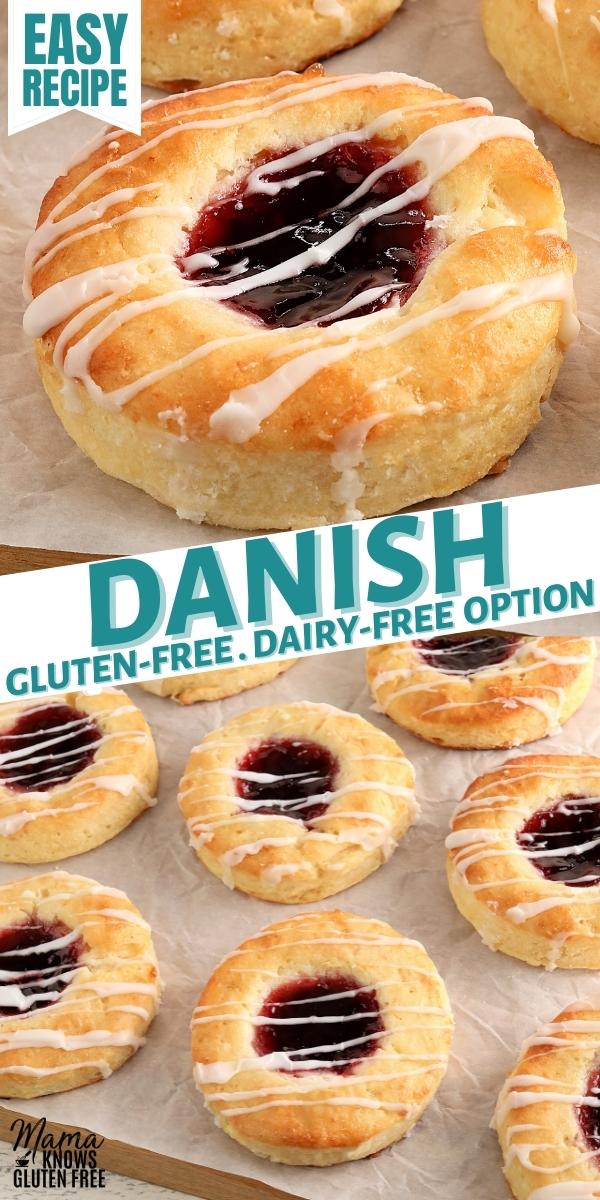
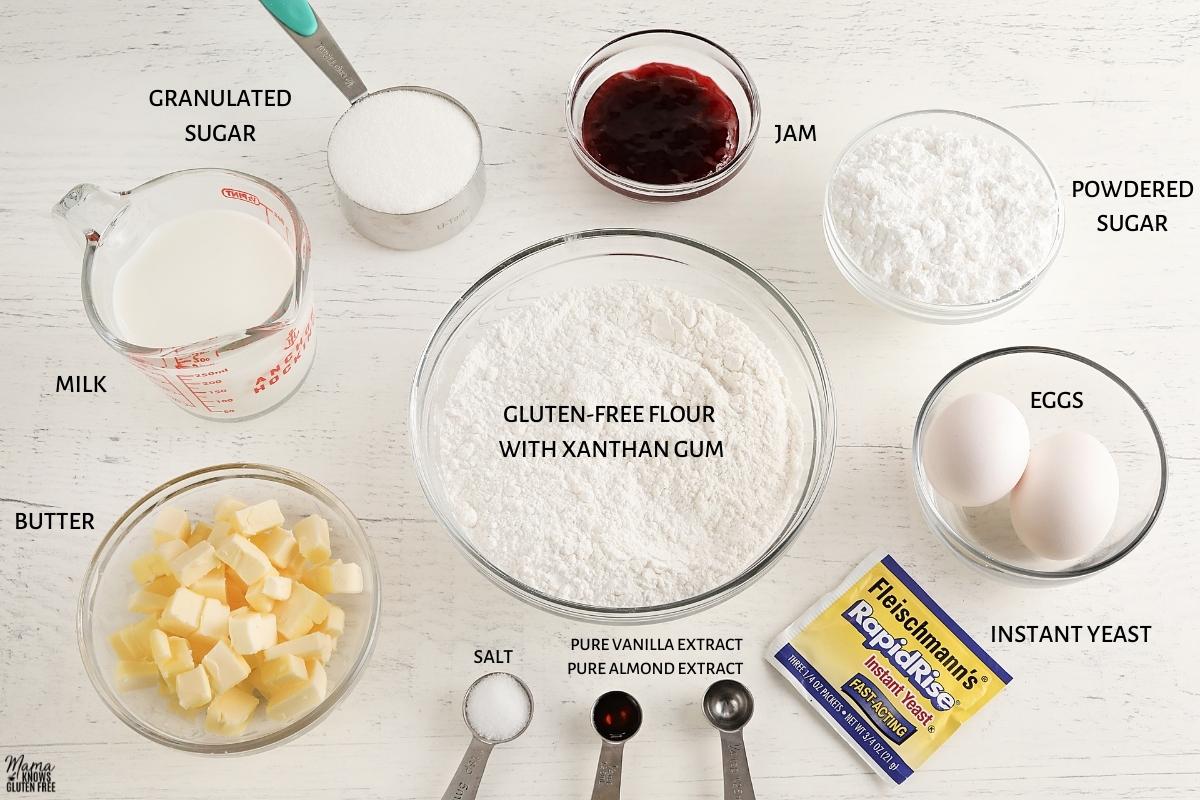

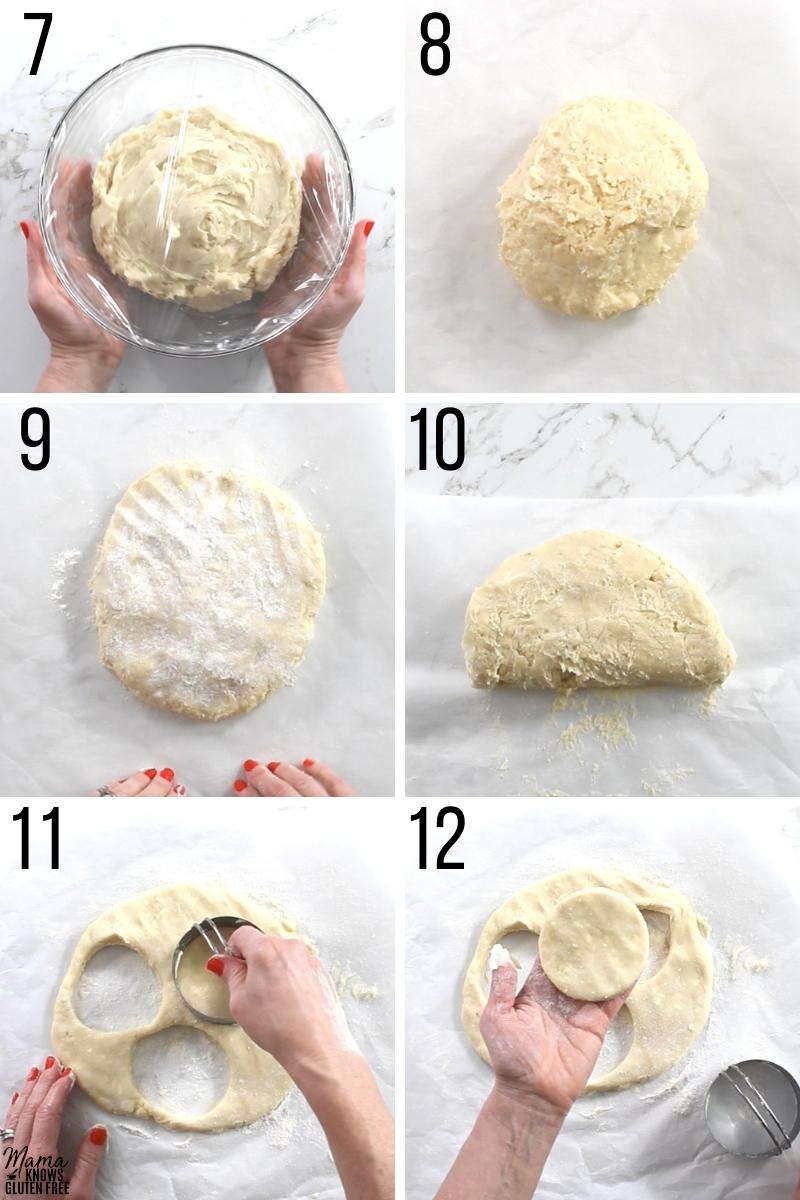
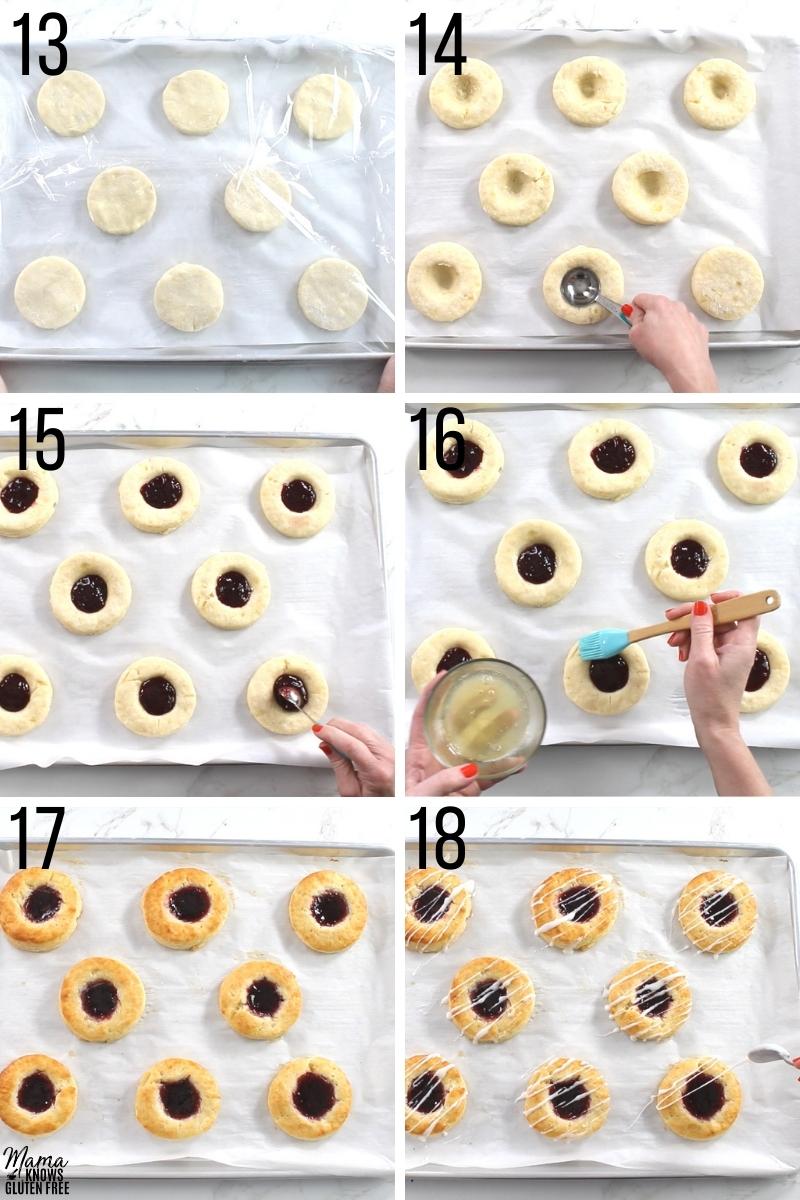
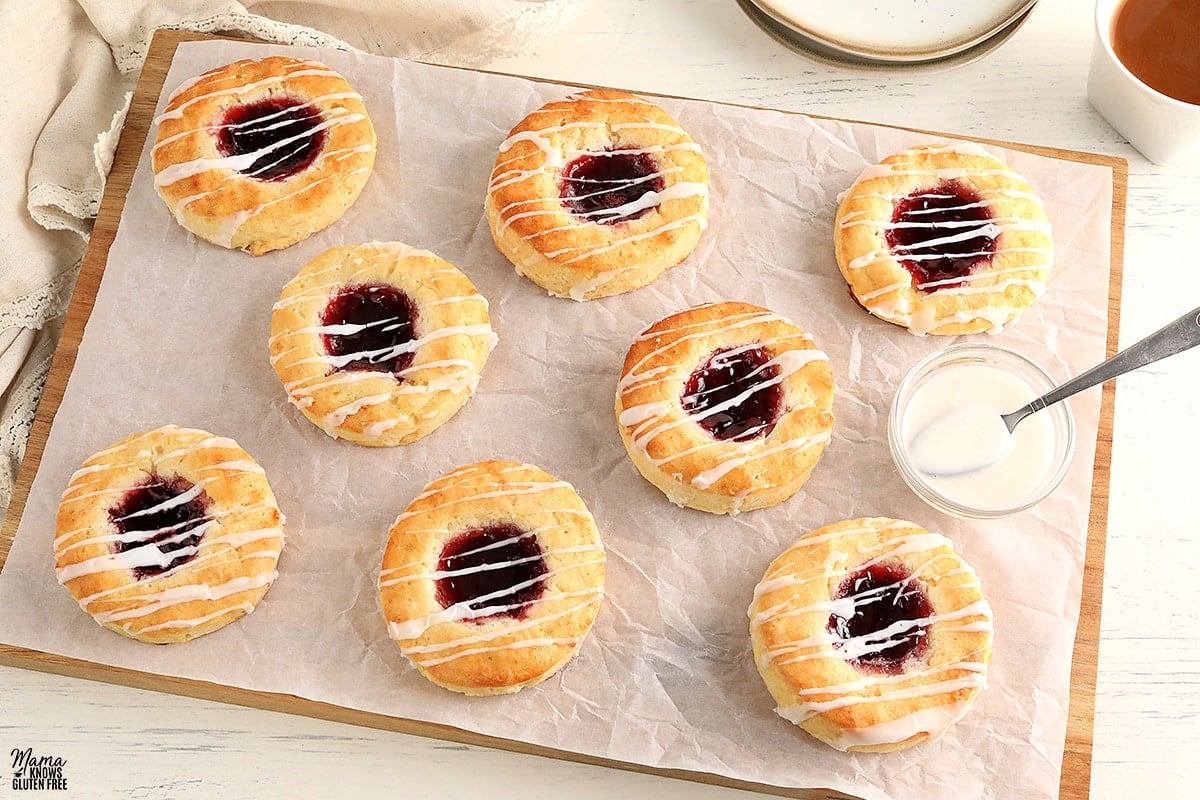


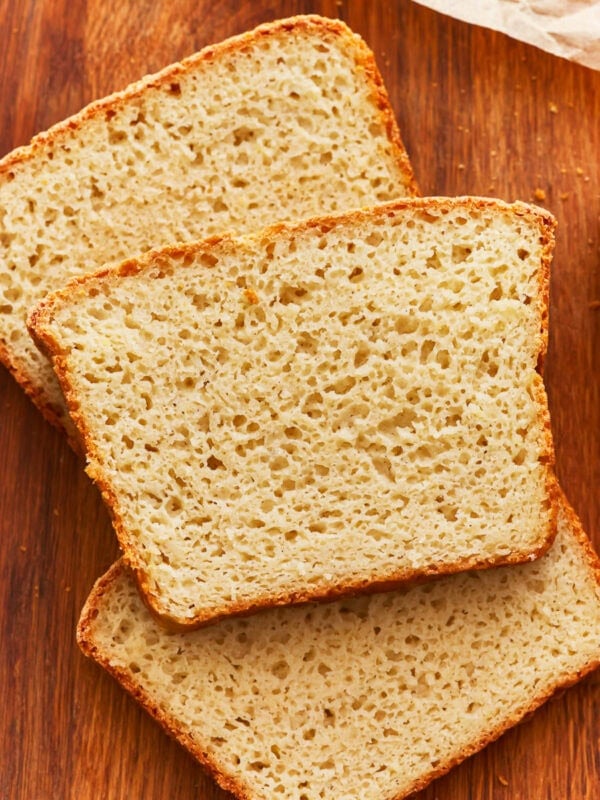







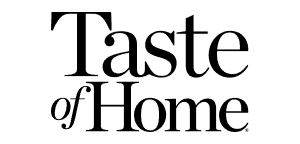
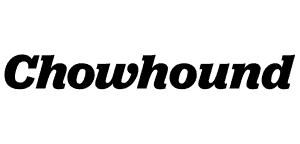
Hi Audrey, Canadian Baker here,
Love the recipe! Thank you for noting the dairy-free substitutions as we need it in our household.
My Notes for Canadian Bakers: I’m not able to get Better Batter or Pilsbury at a more reasonable price point here in the North, so I used Bulk Barn 1:1 flour with Xanthan gum. After the freezer time, my dough was chilled, but it needed at least an extra cup of flour before the dough became workable/not super sticky. After adding the extra flour and some light kneading, we were back in business in accordance with all the steps laid out in the recipe. For anyone wondering I used PC Brand Vegan, Unsalted Butter. Great final result!
They look amazing. I appreciate all the work you put into it, the details and the explanation of what works and what won’t work. I haven’t made them yet because of weight loss goal but I will definitely save it for a special treat! I love danishes.
I just made these, we are snowed in so I had to make some substitutions, plus I like cheese Danish so I topped them with cream cheese filling, but they still came out very tasty, much quicker to make than the puff pastry type I made last time I wanted Danish, which were also very good, just different. I like the squishy dough vs the flaky sometimes. Thanks for a great recipe! Danish that are gluten free is something I never see for sale in cafes or stores where I live, and I really love them, so nice to have the option to bake them!
I make kolaches (Chech sweet roll) and I want to make them GF. I was wondering if this dough would work for that? I wonder about the freezing part as the dough is not rolled out but scooped out into small balls and formed by hand, indented and then filled, crumb topping added. These rolls look so much like them I was wondering. If they are frozen I don’t think they could be scooped without letting them warm up and that would defeat the purpose of freezing I would think. Any thoughts? Tried to add a pic so you could see what they look like but could not do it. I don’t know if you are familiar with what I am talking about.
Hi Margaret! I have never made kolaches, but my danishes do look very similar to the photos I found online. I think that this dough would work. It is very important that you use either Better Batter or Pillsbury gluten-free flour for this recipe. I prefer the Better Batter for making danishes. I order the Better Batter from Amazon or their website.
These were excellent – sure, they’re GF and not exactly like a non-GF danish but totally worth making! They also freeze well, and just need 15 seconds in the microwave once thawed, to taste fresh out of the oven.
These were phenomenal!!! I used pillsbury gluten free flour and everything worked out great! A lot of work but so worth it! Thank you!